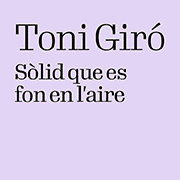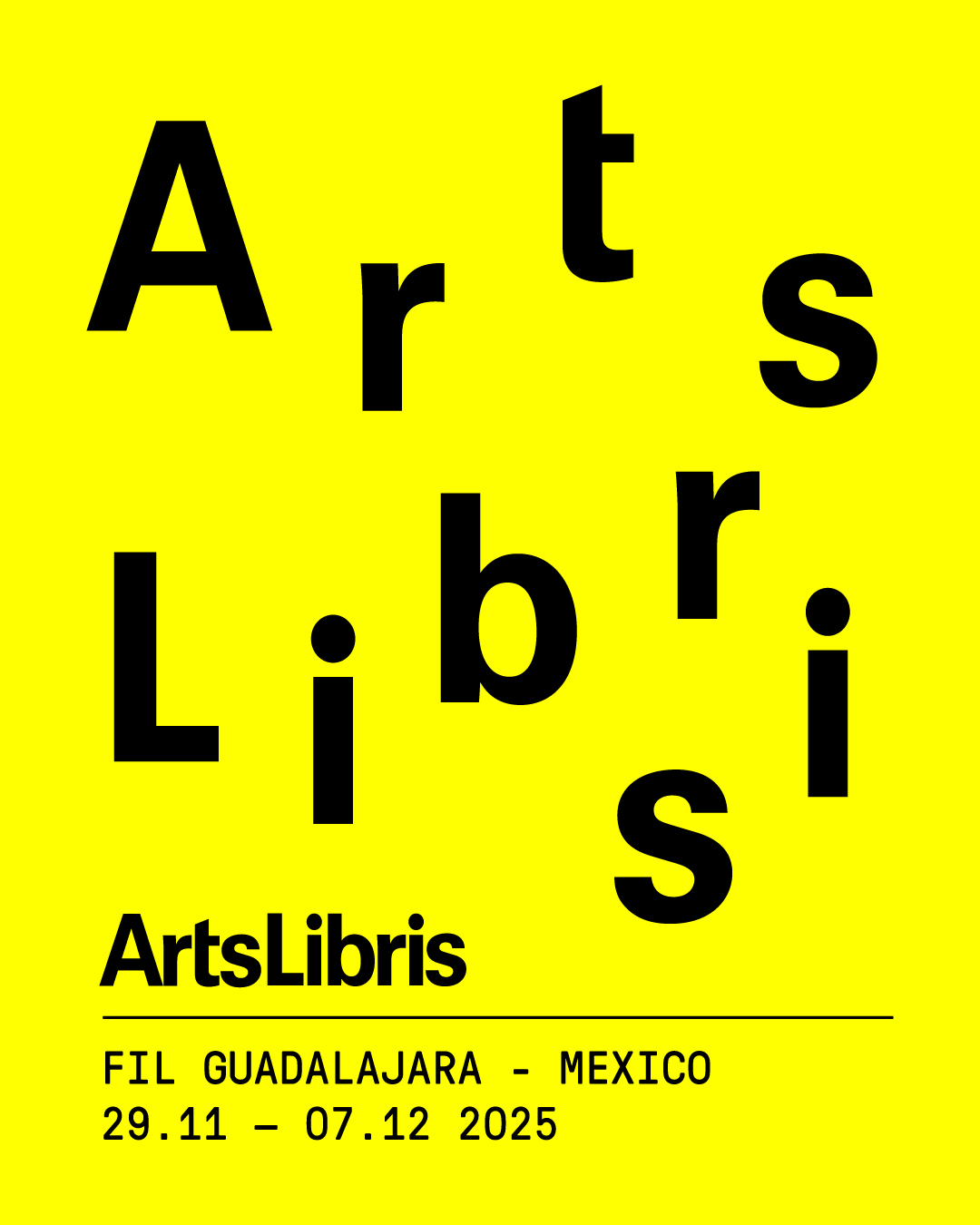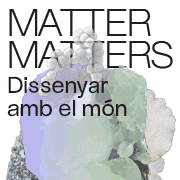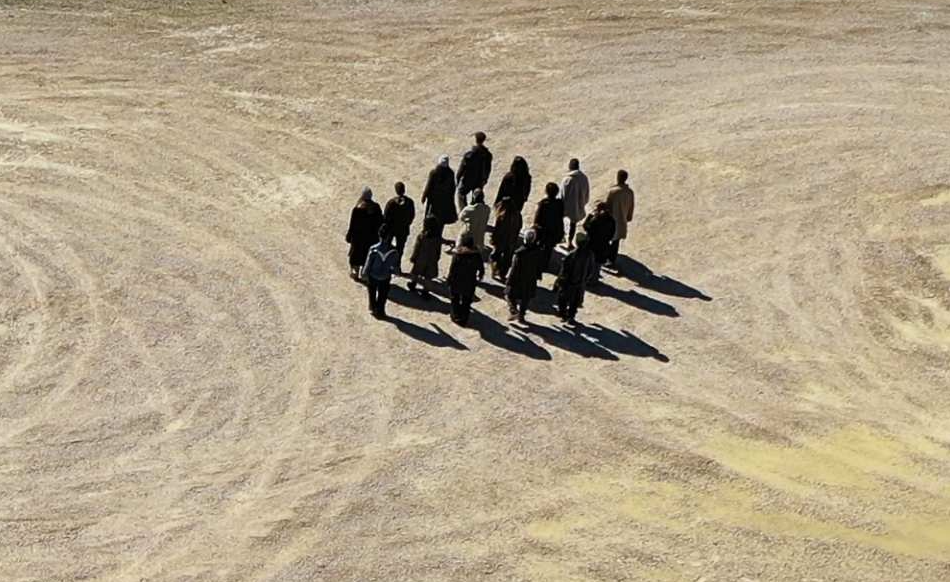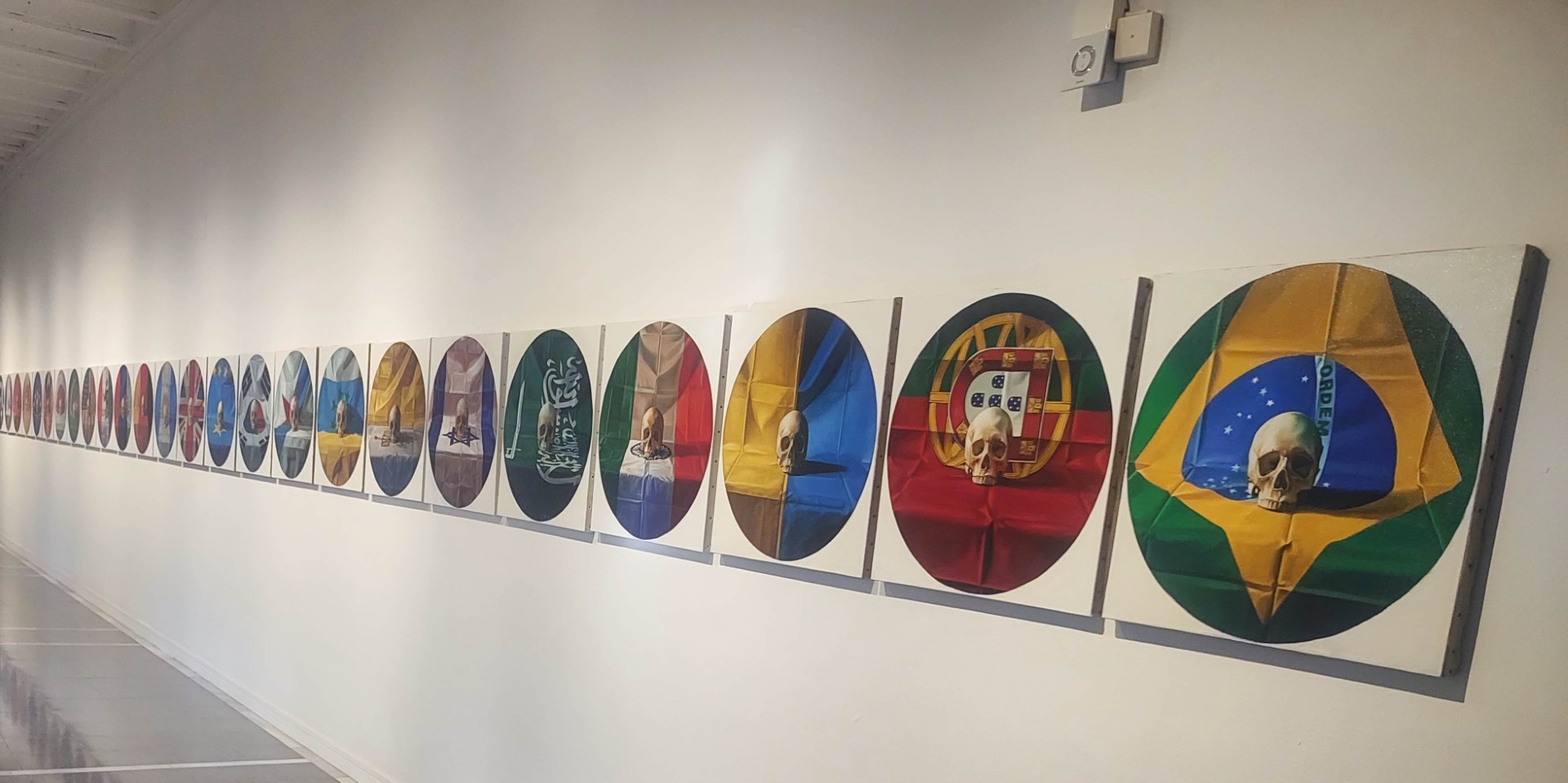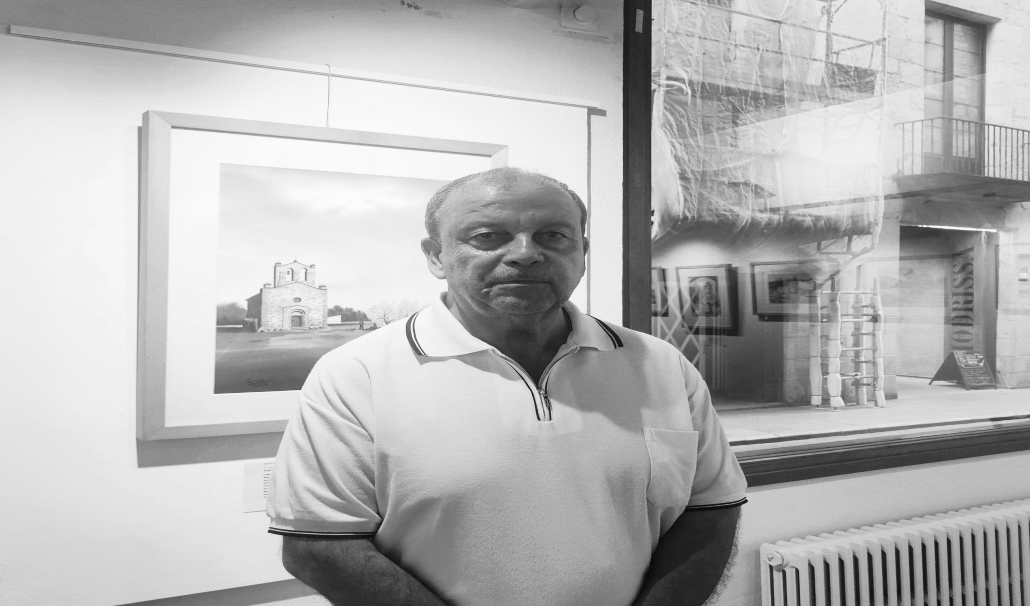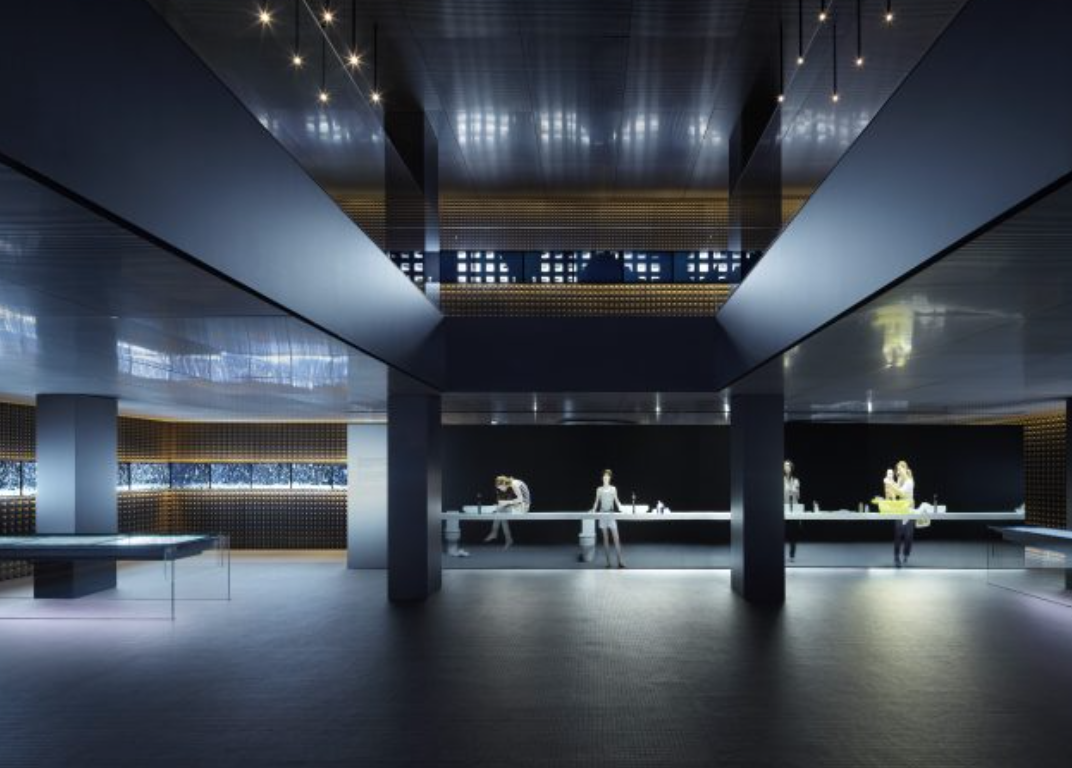interviews
Interview with Antonio López
La Fundació Catalunya La Pedrera acull la primera retrospectiva de l'artista a Barcelona. L’exposició, que estarà oberta fins al 14 de gener i aplega una vuitantena d’obres entre pintures, escultures i dibuixos, proposa un recorregut al llarg de setanta anys per la trajectòria de l'artista internacional.
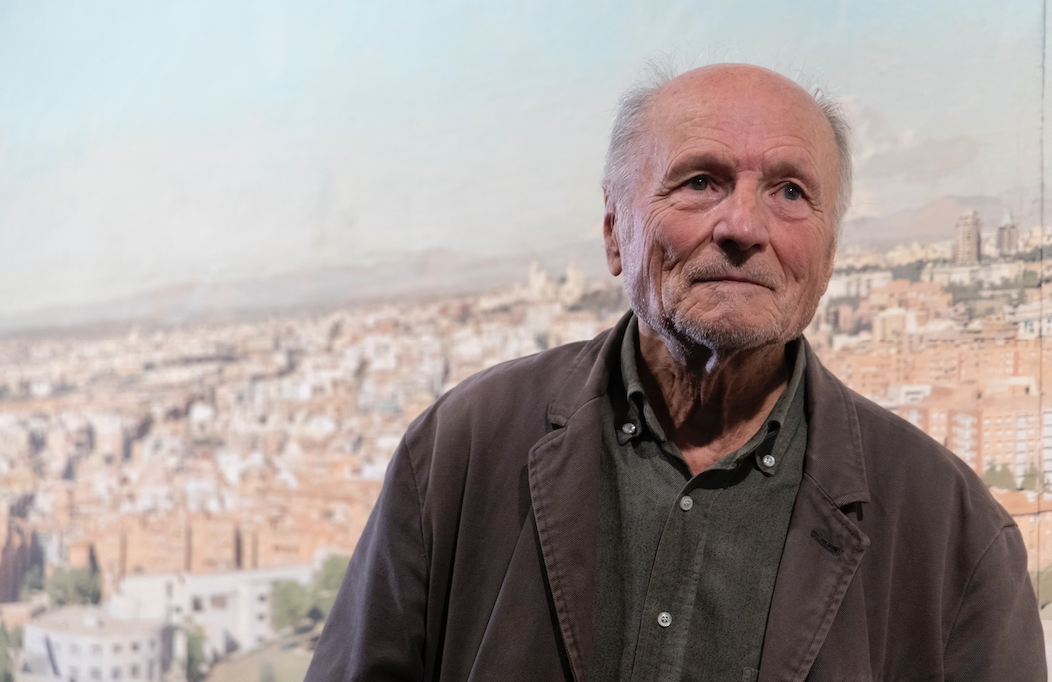
The Catalunya La Pedrera Foundation hosts the first retrospective of Antonio López in Barcelona. The exhibition, which will be open until January 14 and brings together around eighty works including paintings, sculptures and drawings, proposes a seventy-year journey through the career of one of the main international exponents of realism.
Antonio López (Tomelloso, Ciudad Real, 1936) greets me walking through the exhibition. The interview takes place on a bench in a corner of the room, amid the curious gaze of the visitors who surround us and listen to the painter's leisurely answers.
"Excuse me, can I take a picture of you?" suddenly interrupts a gentleman with a mobile phone in his hand. "I have family in Madrid and they have found him painting in the street more than once. It's great to see him sitting here now! We're all big fans at home", he says enthusiastically, says goodbye with a smile and turns in line to continue the tour.
When you set up with your easel and brushes in the middle of the street to make your urban landscapes, you create a lot of anticipation.
This now seems to be taking painting to the extreme, as if it had never been done, but in Van Gogh's time, for example, this was how everyone painted, even him! They went to the place they had to paint: a cafe, a cabaret, the street, a church, and they got to work... Now there are very few of us who do it like that, who move to the subject, but there are still some. The street cannot enter the studio and I do not want to work with photography. There was a century when, from Corot to Sorolla, it was painted like this, but now it is seen as something strange.
I guess it's because he's made a career out of fashion and trends. At the presentation of this exhibition, the antiquarian and gallerist Artur Ramon said that you "are a wonderful island in the ocean of Spanish art, dominated by the abstract and the conceptual".
There are several islands, I am not alone. There are bigger ones and smaller ones; not only in Spain, but also in France, Italy, England, America. There are many artists who continue to work on nature and tell us what our world is like. It has always been there, but not enough attention has been paid to it. It is clear that not all of them are Balthus, Hopper or Andrew Wyeth, but the realism of the 20th century is phenomenal, and things have been told about the man from the freedom with which this work of ours is exercised that until then was not they had expressed.
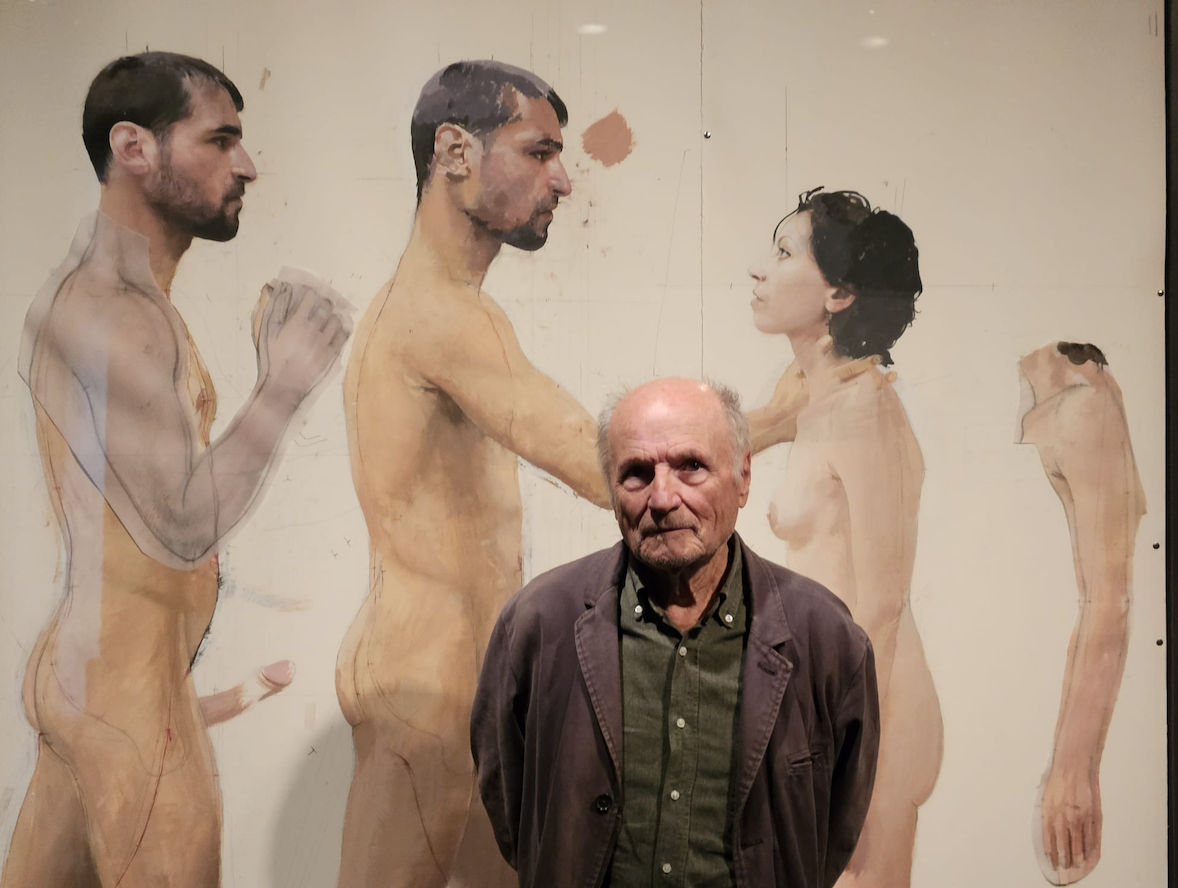
How did he come to practice this radical realism?
The truth is that it took a lot of work for me to get there. Until I trust the real world as a starting point in an absolute way, I don't indulge in this way of working. In my beginnings, as you can see in the first works included in the exhibition - and here the painter turns his body to point with his hand to the pieces that remain behind us -, I started doing realism heavily influenced by Picasso, by surrealism, by metaphysical painting, by the ancient world, by Greece and by the Renaissance painters, and it was through this way that I gradually gained access to the real world. Over time, the presence of the real world grows, and I drift away from everything else. It's a faith process, where the real world gives you everything you need as an artist. If it happens in cinema and photography, why shouldn't it happen in painting?
And what does it find in the real world?
The real world is very interesting. There has been a terrible misunderstanding that has created all the conflict that exists in painting. At some point it has been decided that the image, the document of the real world, is provided by photography, and that, therefore, painting is no longer necessary. This has meant that painting had to start working in other areas, although there are artists who have stayed there, of course. Still, however, there are people who continue to think that figurative painting should not be done because photography fulfills this function...
Look at Giacometti for example, who claims that objective figurative painting can no longer exist, and works from a very subjective point of view where photography cannot capture it; or Bacon, who referring to Velázquez wonders how he can achieve those doses of mystery while working in such an objective way. It's a really curious thing. I, on the other hand, believe in the real world. I think that painting, the fact of painting, the emotion that causes the fact of painting things (whatever they are) exists from figuration, from the reproduction of the real world. I have seen it in many cases, such as that of my uncle Antonio López Torres. Photography cannot achieve this. I was born to paint and not to pick up a camera.
It is precisely from the real world, from his environment, from where he takes the motives that will accompany him throughout his career.
The subjects on which I have worked tirelessly I locate very soon. Already in the years 1953, 1954, 1955 I begin to sense with which part of the real world I will work. What he didn't know was that it would be forever, but he started then: portraits, human figure, interiors, still lifes, landscapes and urban views. All of this has been, and still is, an inexhaustible source of inspiration!
And from all of it he ends up making a painting, drawing or sculpture.
What the eye sees is more in painting or drawing, and what the hand touches, in sculpture. But it ends up being the same: real shapes, real world. When I am working on the plan, on paper or canvas, the form is the protagonist. With painting I try to capture the seduction and emotion of the form, for me it is almost the most important of all. But I can go from drawing or painting to sculpture very easily, I always have, from a very young age. First, through the reliefs, which are closer to the painting, and then with the three dimensions. For me, there is little difference between making a sculpture, a drawing or a painting.
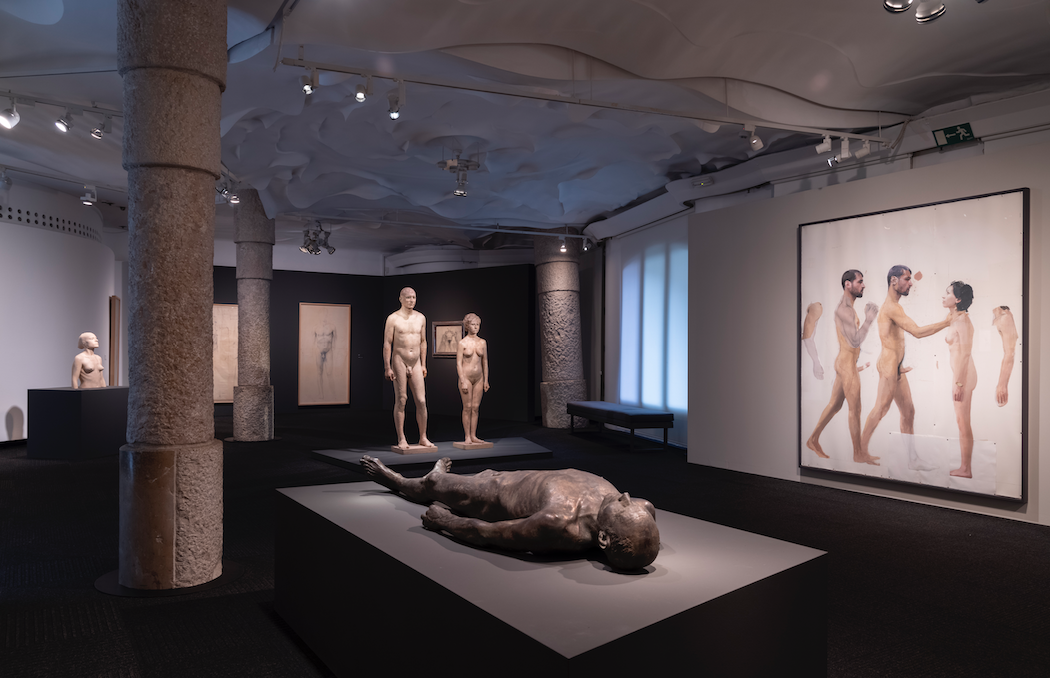
It seems that in painting he seeks to condense time and light.
My light is a light that reveals the forms, it is the light of Giotto, it is the light of the caves, of the beginnings of the paintings - he says, pointing to the nude portraits of Adrián and Miriam that we have near us. In painting, light is the fundamental element, the light of the real world. To see you need light...but what light? I think that every painter has his own light. Michelangelo has one light, Leonardo has another light, Velázquez has another. The most objective light is that of Vermeer.
His urban landscapes have something enigmatic, they are empty roads, views without people.
Not only that, the issue is that they are painted . In these works there is the language of painting, the emotion of painting. It is much more than the portrait of reality: the painting itself is present, as it is in the case of abstraction. This is the secret of all painting. Not of the painting of our time, of all times. Painting, like music, is an abstract fact that is based on emotion.
In 1989, in a conversation with the critic and curator Michael Brenson, you stated that "reality has a highly resonant physical appearance, which the man of the 20th century perceives from different points of view than those of other eras" . Three decades later, and with the turn of the century, does he still see it the same way?
I don't think much has changed. Although we are experiencing many other changes, there are situations that are getting worse: more unresolved conflicts, inequalities, humanity continues to increase, we are destroying part of nature, we are treating it dangerously for us, now there is talk of climate change, all this was already there, but now it is much more evident.
Are your works a refuge to protect yourself from all this?
Work is a refuge for everyone, it improves our lives; but not the collective life, or very little, the important leaders must be in charge of that. My urban landscapes are a document, all these dramas and problems must be found there, it's my job, it's good for me, otherwise I'd be doing something else. My job is to paint, to paint on a path that I don't know to what extent I have chosen, the fact is that I got there in a natural way, accompanied by all the conflicts that exist in the world of art, and specifically that of painting.
That a tree bears fruit, that birds chirp, that they fly... these are things that surprise me, that make a great impression on me, and this - he opens his arms in a gesture that tries to bring together the whole exhibition - is a modest extension of all the greatness of life. Of all the things that surround us, I have decided to do this.
In addition, it is necessary to negotiate the subjects, ask for permission, I have to talk to one and another to go up to the terraces carrying these large canvases with me. It's a big effort, but everyone gets on very well with me, they help me; greater is the effort of a miner, or that of a bus driver.
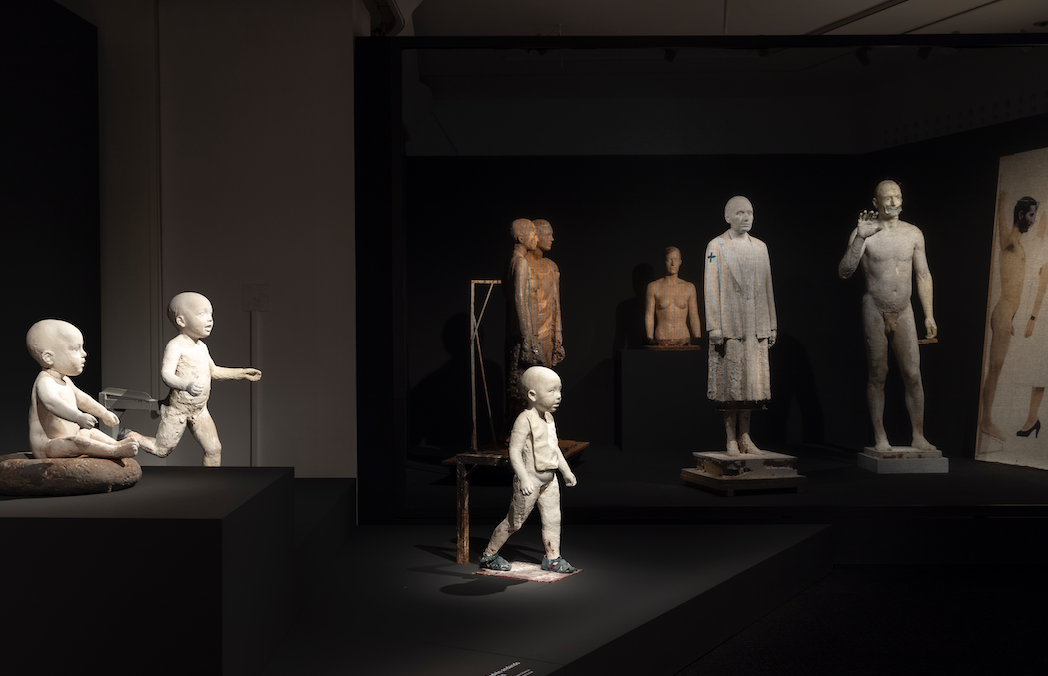
His work process is usually long, meticulous, constant. It involves returning over and over again to the same point. How do you know when a piece is finished?
When you notice that there is nothing more you can do about it. There is a limit, which is yourself. Those interiors you see there – he affirms, indicating a set of domestic spaces – is where I have had greater control over the subject. With a portrait, with a city you do the most essential, but there is a moment when you can do no more. It's not a momentary decision, you're simply adapting to life, which tells you that you have to start something else.
And how do you know if you fail in the attempt?
It may happen that you fall out of love with what you are doing, that something happens that takes you away from the subject. I, however, if I continue to like it, I fight, I return to it the following year, I don't leave it, I don't abandon it. Failure comes when your relationship with the work is exhausted, or when you finish a project without conviction; it can happen with assignments, and if you get paid you have to finish it even if you're not convinced.
In 2022 he started two views of Barcelona. At what point are they?
They are two projects in progress, the idea is to continue. They are paintings for working in winter. I live in Madrid, but I am willing to come to finish them, for me it will be a pleasure to continue them. My cities are Tomelloso, my town, and Madrid. But I decided to come to Barcelona and look for the two best locations to paint it, look for the two best locations from the point of view of someone who is not from here, of course, and I think I have found a complete portrait. In one of the paintings the sea appears, and this is important because without the sea this city is half. In fact, the same thing happened to me in Seville, until I found a place that would allow me to present the Guadalquivir as the protagonist, I could not start painting. And in Bilbao: until I could see the course of the water of the estuary towards the sea, I did not begin. These are three cities that have a lot of history, in which many things have happened, and it shows.
He also paints in the workshop. What is it like to work with models, people who feel and breathe, and with flowers that wither in a vase?
It is very similar in one case and in another. I work with models who have their first and last names, their trades. The first thing is to want to work with a nude or with flowers. In both cases it is the same, but, of course, the life of flowers is very ephemeral and is within our reach, and the other is not. In both cases it is about beauty and sensuality. In the flower, it is the cycle of life, which goes at an enormous speed. Imagine, I'm 87 years old and I'm still here - he says, while showing me his two wrinkled hands - I'm fine, with projects; but there is also a process towards darkness, always. In the case of the flower, it is very exciting how beautiful it is and how fast it goes from beginning to end, in a short time you witness the complete cycle. And living this is something that excites me.
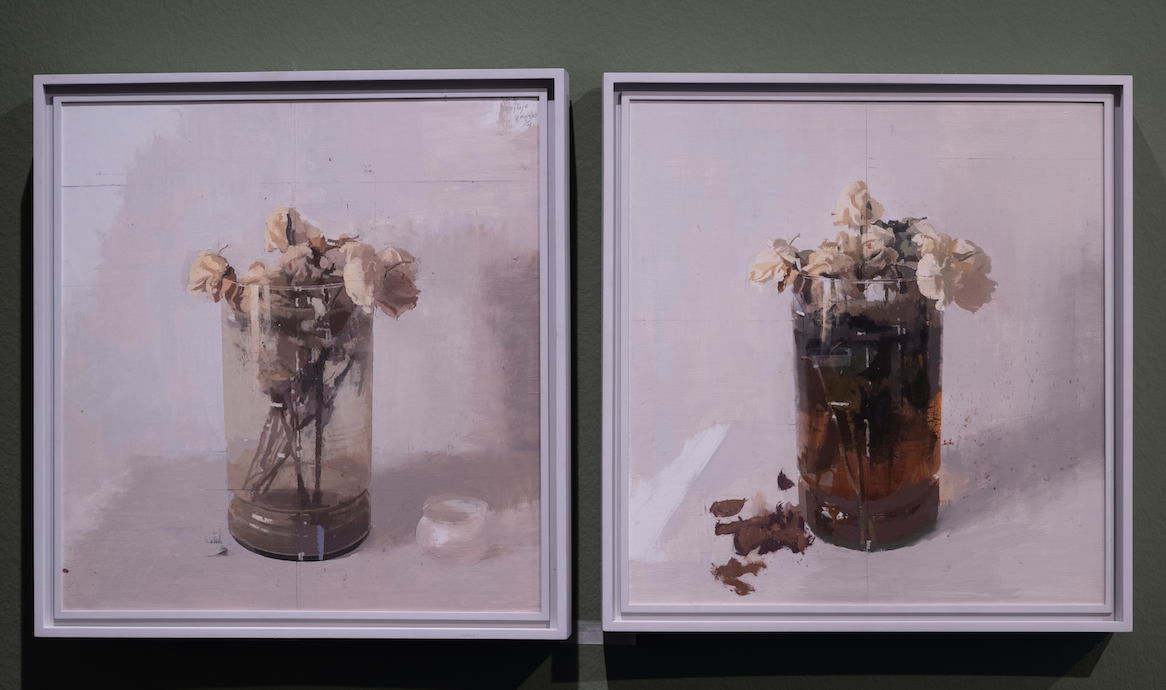
What does walking through this retrospective suggest? Does it serve to take stock of the race?
The way the art is today, and after going over it a lot, you come to the conclusion that you want to keep working on it, because it's your life. Perhaps a scientist can see more clearly what he has achieved, what his contribution has been. In this case, it's more difficult, and I don't want to judge it too much. I could be very wrong, whether I get optimistic or pessimistic.
Look, in the Museum of the Baths of Rome there is a sculpture of a boxer that is 2,300 years old. I think a lot about this sculpture, but not everyone is the same. Who knows her? There is a stark difference in what the same work can mean for one person and for another. Then I think that all this - and stretch out your arms so that all the exhibited pieces can fit - you do it because you want to do it, but if it weren't for the fact that there is a family of people, which I don't know how big it is, but in the which includes me, that we need it and are sensitive to it, none of this would exist.
Birds sing because others are listening. what are they called They will say something. Art is the same . Purcell's song O Solitude, so impressive: who knew it existed? It is there, in principle it has been made for everyone, but who collects it? It's not about numbers. Of all the people who go to see the Gioconda, of all those who are crowded there, many are not very clear what it is, but there is the work. And in the midst of this crowd there are two who do appreciate his greatness, and this helps to live; for me, seeing what others have done helps me a lot to live. I like art like air to breathe. It gives me confidence in the man, allows me to believe in him and love him.
At the end of the interview, some visitors approach the painter. A woman, her voice cracking with emotion, asks him to sign the catalogue, and they embrace. Another wants to be photographed with him, and a third holds out his hand and bursts into praise. The small figure of the artist, who is still sitting on the bench, is lost, surrounded by his admirers.


